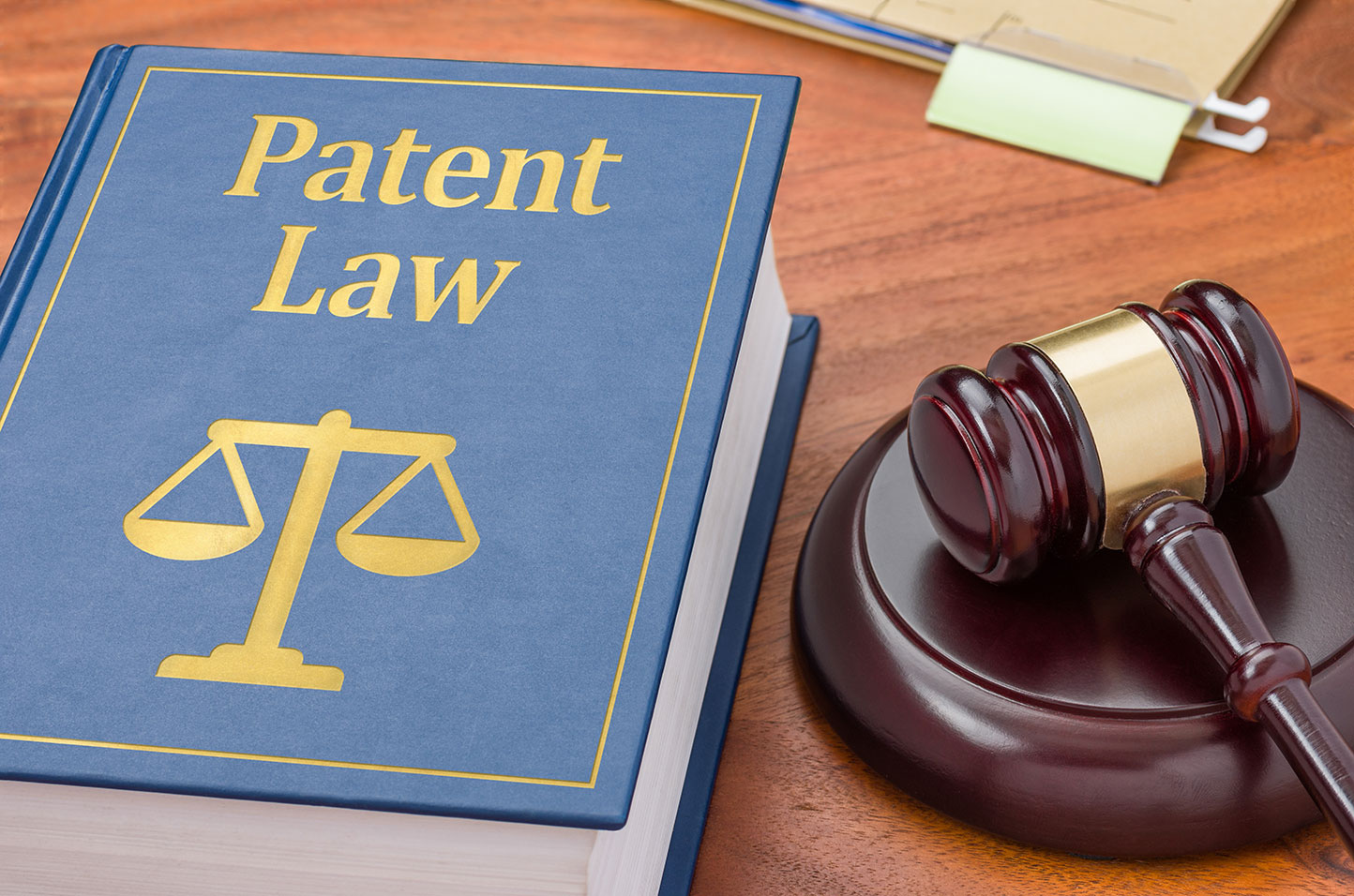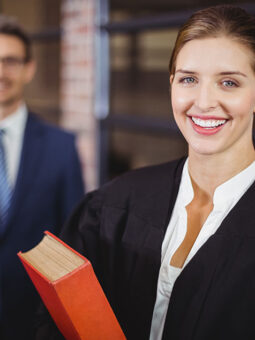Make sure you are prepared for your Patent Bar Exam. McRee Learning Center can help.



Certified Legal Bar Patent Exam - Sample
Quiz Summary
0 of 10 Questions completed
Questions:
Information
You have already completed the quiz before. Hence you can not start it again.
Quiz is loading...
You must sign in or sign up to start the quiz.
You must first complete the following:
Results
Results
0 of 10 Questions answered correctly
Your time:
Time has elapsed
You have reached 0 of 0 point(s), (0)
Earned Point(s): 0 of 0, (0)
0 Essay(s) Pending (Possible Point(s): 0)
Categories
- Not categorized 0%
-
Thanks for completing your free sample quiz. Make sure you pass your Certified Legal Bar Patent Exam the first time. Take the full U Test Prep Exam today to achieve your highest possible scores and reach your goals.
Purchase now and pass the first time!
- 1
- 2
- 3
- 4
- 5
- 6
- 7
- 8
- 9
- 10
- Current
- Review
- Answered
- Correct
- Incorrect
-
Question 1 of 10
1. Question
The significance of 1790 was the date of enactment of the first patent act
CorrectIncorrect -
Question 2 of 10
2. Question
A Major Overhaul of the US Patent System happened in 1953
CorrectIncorrect -
Question 3 of 10
3. Question
Only the PTO. (Patent & Trademark Office), and only federal courts can hear patent cases.
CorrectIncorrect -
Question 4 of 10
4. Question
The U.S. Const. Art. I, � 8 cl. 8. state promotes the Progress of Science and useful Arts, by securing for limited Times to Authors and Inventors the exclusive Right to their respective Writings and Discoveries.
CorrectIncorrect -
Question 5 of 10
5. Question
Inventors need product prices to be held above post invention production, and marketing costs long enough, so that discounted present value of the profits ... will exceed the value of the front end investment.
CorrectIncorrect -
Question 6 of 10
6. Question
The Patent Law helps the US achieve;
� I. Foster the useful arts by giving the public a documentary record of our inventions.
� II. Reduce the costs of some licensing transactions, compared to trade secret licensingCorrectIncorrect -
Question 7 of 10
7. Question
The disclosure requirement of patent law does not;
� Strike a bargain between inventors and the public, thus complimenting trade secret law by protecting inventions that cannot be kept secret.CorrectIncorrect -
Question 8 of 10
8. Question
The Patent Law does not reduce the cost of some licensing transactions;
� If one is practicing the invention set forth in the patent without permission, and the patent is valid and enforceable, one is liable for infringement.
� CITE: 35 U.S.C. � 271(a)CorrectIncorrect -
Question 9 of 10
9. Question
Patent Prosecution is;
� A series of exchanges between patent applicant and PTO.CorrectIncorrect -
Question 10 of 10
10. Question
The steps of Patent Prosecution are;
� I. 35 U.S.C. �� 111, 131 - Inventor files an application for a patent.
� II. Patent Examiner reviews the application and its claims to ensure that it complies with all the formal and substantive requirements of patent law.
� III. 35 U.S.C. � 134 - If PTO examiner delivers a final rejection, an applicant can appeal to the Patent Trial & Appeal Board.
� IV. If the appeal board affirms the examiner's final rejection, an applicant may appeal to Federal Court.
� V. 35 U.S.C. �� 301,302 - Reexamination - Anyone, including the patentee, a competitotr, or an accused infringer, can askt he PTO to reexamine the issued claims on the basis of prior art patents or printed publications.
� PTO Director then has the discretion to grant the requested reexamination, upon a finding that "a substantial new question of patentability affecting any claim of the patent concerned is raised by the request." 35 U.S.C. � 303(a).
� 35 U.S.C. � 304 - Patentee has the right to comment on new materials, and requester has right to respond to patentee's comments.
� 35 U.S.C. � 311(a)-(b) - Only a limited number of prior art based issues can be considered.CorrectIncorrect


